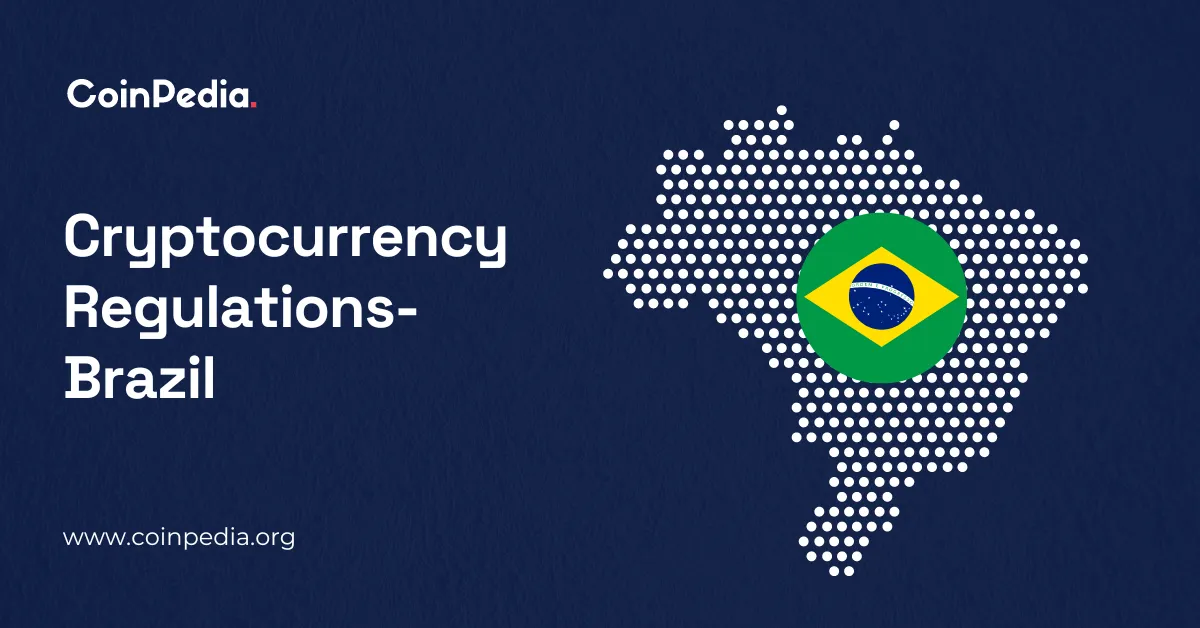
In recent years, cryptocurrencies have dramatically reshaped the global financial landscape, captivating investors and regulators alike with their rapid growth and disruptive potential. Among these digital assets, stablecoins—cryptocurrencies pegged to traditional currencies—have gained prominence due to their promise of offering price stability in an otherwise volatile market. Brazil, home to a burgeoning crypto market, now confronts the challenge of meshing this emerging technology with its existing financial regulatory framework. The country’s latest regulatory overhaul primarily focuses on stablecoins, particularly those pegged to foreign currencies, reflecting concerns about maintaining monetary stability amid economic pressures like the depreciation of the Brazilian real.
One of the most striking features of Brazil’s proposed regulation is its stringent control over stablecoin transfers, especially concerning self-custody wallets. Self-custody wallets, such as MetaMask or hardware wallets, allow users full control over their digital assets without intermediary oversight. The Central Bank’s draft regulations prohibit crypto exchanges and authorized virtual asset service providers (VASPs) from facilitating transfers of foreign currency-backed stablecoins—such as those tied to the US dollar or Chinese yuan—to these private wallets. The aim is clear: to curb the outflow of stablecoins from regulated financial ecosystems and reduce risks associated with currency volatility and capital flight. This restriction signifies a major shift in how Brazil intends to govern crypto assets, prioritizing financial system integrity over individual autonomy in asset management.
Furthermore, Brazil plans to tighten the controls on cross-border stablecoin transactions. Authorized VASPs will be limited to transacting only with foreign regulated financial institutions, excluding unregulated entities or unknown wallets. Even though Brazil currently adopts a free-floating exchange rate with no explicit capital controls, this approach reveals the Central Bank’s intention to monitor and control capital flows connected to digital assets more closely. By aligning cryptocurrency transfers with foreign exchange regulations already in place, the government aims to prevent digital assets from undermining monetary policy or facilitating illicit capital movements. This regulatory stance reflects a pragmatic balance between embracing innovation and safeguarding national economic interests.
Besides cracking down on foreign-backed stablecoin movements, Brazil’s regulatory agenda includes broader financial strategy elements linked to its global trade position. The government is exploring issuing Panda Bonds—sovereign bonds denominated in Chinese yuan—as part of diversifying international financing channels. This initiative mirrors the regulatory stance on stablecoins: while the country opens pathways for foreign currency-denominated financial instruments, it simultaneously enforces tighter control over private stablecoin usage domestically. Such dual tactics underscore Brazil’s nuanced approach to integrating with global finance. On one hand, they cultivate relationships with major economic partners like China; on the other, they mitigate systemic risks arising from less-regulated crypto activities.
The regulatory framework also aims to embed cryptocurrencies within Brazil’s established financial oversight mechanisms. Proposed rules require crypto investments to adhere to the country’s capital flow regulations, irrespective of whether those assets are traditional fiat currencies or digital tokens. Exchanges dealing in stablecoins must obtain foreign exchange licenses and comply with strict anti-money laundering (AML) and know-your-customer (KYC) standards. While these measures may initially impose operational challenges and restrict certain decentralized finance (DeFi) activities, they could foster a safer and more transparent market environment. By enforcing regulatory parity between digital and traditional assets, Brazil seeks to protect investors from fraud and market manipulation and maintain systemic stability.
The implications of these proposals extend to both individual crypto users and service providers. For users, limitations on transferring stablecoins to self-custody wallets may reduce their control and privacy, potentially discouraging participation in DeFi protocols that rely on decentralized asset management. For VASPs, compliance demands will likely increase costs and complicate business models, especially in verifying counterparties and managing transaction flows within regulated boundaries. However, these steps also aim to curb illicit uses of cryptocurrencies, enhance investor confidence, and clarify the legal status of crypto transactions in Brazil’s jurisdiction—an ecosystem historically fraught with regulatory ambiguity.
Currently, Brazil’s draft regulatory framework is open for public consultation until February 28, 2025, inviting input from industry stakeholders, civil society, and financial experts. This consultation phase presents a crucial moment for shaping the country’s crypto future, balancing innovation with the need for regulation. As digital asset adoption accelerates globally, Brazil’s evolving stance exemplifies an effort to incorporate cryptocurrencies into mainstream finance under rigorous oversight.
In sum, Brazil is undertaking a comprehensive effort to regulate stablecoin transfers with particular attention to foreign currency-pegged tokens. By banning transfers to self-custody wallets and limiting cross-border stablecoin transactions to regulated financial entities, the Central Bank aims to protect the Brazilian real, align crypto assets with traditional financial regulations, and maintain market integrity. Simultaneously, initiatives like issuing yuan-denominated Panda Bonds illustrate Brazil’s strategic engagement with international finance while reinforcing domestic crypto regulations. These intertwined policies will reshape the Brazilian crypto market, promoting responsible adoption, strengthening regulatory frameworks, and ultimately influencing how decentralized and foreign-backed stablecoins integrate into the nation’s economic fabric.
